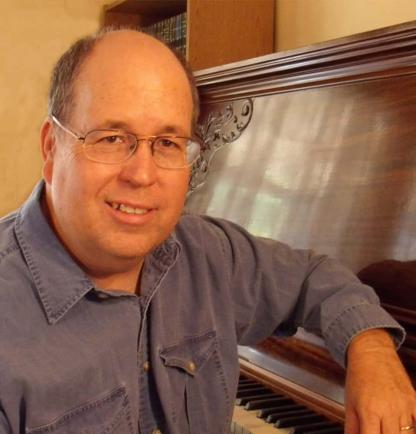
Head injuries in children have become a topic that more people are aware of and concerned about. As a parent of a child with head injuries, I found it best to gather a variety of information to help me understand the injury.
My son received a concussion after hitting his head on the ground while playing with friends. At the time I suspected a concussion but didn't take him in to a doctor because he seemed to be OK. The following week he hit his head again but this time he began to be dizzy, nauseated and fade in and out of consciousness. I had questions about how head injuries are sustained, what type of damage they do, how they are treated and the future of my child after a head injury.
How head injuries are sustained
There are two classes of head injury. The first is an external injury and it usually involves the scalp. Most often falls or blows injure the scalp and are known to bleed profusely. Many of us have seen a child get a cut on the forehead and all the blood makes them look like something from a horror movie. Aside from injuries requiring stitches and injuries to an infant's head, most external injuries are treatable at home. Treatment can include a cold pack to the head for short periods of time (20 minutes or less) every three to four hours.
Symptoms of serious injury
If it is time for your child to go to sleep, and it is shortly after an injury, make sure to check her once or twice. When checking on her, look for unusual coloring or breathing and fitful sleep. Internal head injuries can knock the brain into the side of the skull, can cause brain damage or can damage vessels in the head.
The most severe of head injuries can cause a person to go unconscious for more than a few minutes.
Some other symptoms of severe injuries are abnormal breathing, bleeding from the mouth, nose or ears, changes in speech or vision, seizures, neck pain, pupils that are unequal in size and extreme weakness or paralysis.
What is a concussion?
A concussion is caused by a blow to the head or by anything that makes the head move back and forth rapidly. Less than 10 percent of children with concussions actually lose consciousness.
Athletics are a common source of concussions. Football accounts for 60 percent of sports-related concussions in children (Brainline, 2012). Other common causes of concussions are car accidents, bicycle accidents, skateboard accidents, ATV accidents, playground accidents and fights.
Symptoms of a concussion include: "seeing stars"� or dazed, light headed or dizzy, unable to remember events just before or just after the accident, slurred speech or saying things that really don't make sense, blurry vision, vomiting, sensitivity to light, confusion, difficulty thinking or making decisions, lack of coordination and balance, being anxious and irritable (Kidshealth, 2013).
Her symptoms may appear immediately after the injury, hours later or even days later.
How to treat concussions
Children should be seen by a doctor who can prescribe a treatment plan. The concussion requires a period of absolute rest from physical activity and rest from mental activity as well. Never let a child return to sports until she has been cleared by a doctor.
Care must be taken to allow complete healing because if a second concussion occurs before the first is resolved, it can result in second impact syndrome. Second impact syndrome can result in brain swelling and it can be fatal. Multiple concussions build upon each other over time and they can do permanent damage to the child.
One of the best ways to prevent concussions is to have a child wear proper sporting equipment. Things like bike helmets and football helmets are made to minimize the impact to the head and to help prevent concussions.
If your child is unfortunate enough to sustain a head injury, then you must be diligent in helping them to recover completely.

